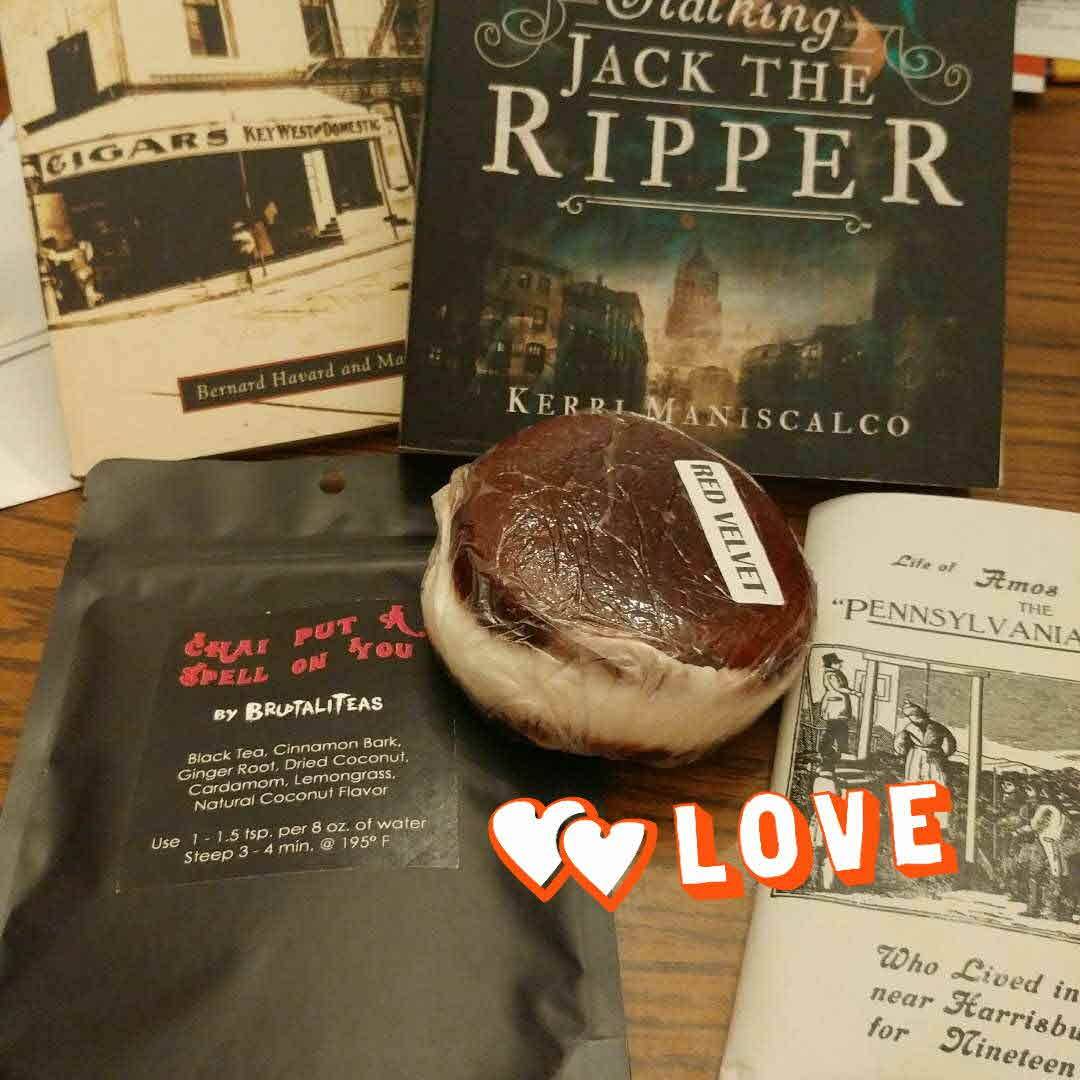Pennsylvania: A History of the Commonwealth | Randall M. Miller
4 posts
The Keystone State, so nicknamed because it was geographically situated in the middle of the thirteen original colonies and played a crucial role in the founding of the United States, has remained at the heart of American history. Created partly as a safe haven for people from all walks of life, Pennsylvania is today the home of diverse cultures, religions, ethnic groups, social classes, and occupations. Many ideas, institutions, and interests that were first formed or tested in Pennsylvania spread across America and beyond, and continue to inform American culture, society, and politics. This book tells that story&�and more. It recenters Pennsylvania in the American historical narrative. Pennsylvania: A History of the Commonwealth offers fresh perspectives on the Keystone State from a distinguished array of scholars who view the history of this Commonwealth critically and honestly, using the latest and best scholarship to give a modern account of Pennsylvania's past. They do so by emphasizing the evolution of Pennsylvania as a place and an idea. The book, the first comprehensive history of Pennsylvania in almost three decades, sets the Pennsylvania story in the larger context of national social, cultural, economic, and political development. Without sacrificing treatment of the influential leaders who made Pennsylvania history, the book focuses especially on the lives of everyday people over the centuries. It also magnifies historical events by examining the experiences of local communities throughout the state. Pennsylvania: A History of the Commonwealth is divided into two parts. Part I offers a narrative history of the Commonwealth, paying special attention to the peopling process (the movement of people into, around, and out from the state); the ways people defined and defended communities; the forms of economic production; the means of transportation and communication; the character, content, and consequences of people's values; and the political cultures that emerged from the kinds of society, economy, and culture each period formed and sustained. Part II offers a series of &"Ways to Pennsylvania's Past&"&�nine concise guides designed to enable readers to discover Pennsylvania's heritage for themselves. Geography, architecture, archaeology, folklore and folklife, genealogy, photography, art, oral history, and literature are all discussed as methods of uncovering and understanding the past. Each chapter is especially attuned to Pennsylvania's place in the larger American context, and a Foreword, Introduction, and Epilogue to Part I explore general themes throughout the state's history. An important feature of the book is the large selection of illustrations&�more than 400 prints, maps, photographs, and paintings carefully chosen from repositories across the state and beyond, to show how Pennsylvanians have lived, worked, and played through the centuries. This book is the result of a unique collaboration between Penn State Press and the Pennsylvania Historical and Museum Commission (PHMC), the official history agency of the Commonwealth of Pennsylvania. Together they gathered scholars from all over the Commonwealth to envision a new history of the Keystone State and commit their resources to make imagining and writing a new history possible.




